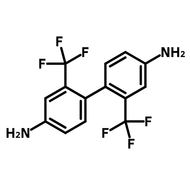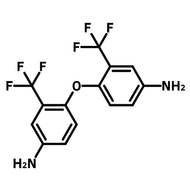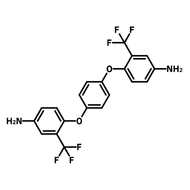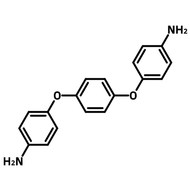[1,1':4',1'':4'',1'''-Quaterphenyl]-4,4'''-diamine
CAS Number 53693-67-7
COF Ligands, Diamines and Dianhydrides, Materials, Monomers, Porous Organic Frameworks
Covalent Organic Frameworks (COFs) Quaterphenyl Ligand
A rigid rod-like diamine bridging ligand linker for covalent polymeric frameworks (CPFs) in application of light emitting diodes, adsorption of polyfluoroalkyls (PFAs)
[1,1':4',1'':4'',1'''-Quaterphenyl]-4,4'''-diamine (QPDA) is a rod-like linear structure with amino groups on both ends, a match with two striking ends. [1,1':4',1'':4'',1'''-quaterphenyl]-4,4'''-diamine is commonly used as a precursor for constructing hole extraction layer or covalent organic frameworks (COFs).
4P-NPD, derived from [1,1':4',1'':4'',1'''-quaterphenyl]-4,4'''-diamine, has been successfully used as blue emission layer, efficient excitation blocking, hole extraction layer material in OLED, perovskite, and organic solar cells. By harvesting triplet excitons from the fluorescent blue emitter 4P-NPD, white OLED based on Ir(MDQ)2(acac):4P-NPD as the emissive layer demonstrates strongly reduced roll-off efficiency with an external power efficiency (EQE) of 24.1%, and a power efficiency of 49.3 lm W-1 at a luminance of 1000 cd m-2.
Covalent organic frameworks based on [1,1':4',1'':4'',1'''-quaterphenyl]-4,4'''-diamine as the rod-like linker has larger pore sizes for highly effective adsorption and removal of per- and polyfluoroalkyl substances (PFAS) from water.
MOF and COF ligands
Diamine ligand for cross-linked COF networks
Worldwide shipping
Quick and reliable shipping
High purity
>97% High purity
Facile reactions
Readily for polycondensation reaction to form imines and amides
General Information
| CAS Number | 53693-67-7 |
|---|---|
| Chemical Formula | C24H20N2 |
| Full Name | [1,1':4',1'':4'',1'''-Quaterphenyl]-4,4'''-diamine |
| Molecular Weight | 440.82 g/mol |
| Synonyms | QPDA, 4-[4-[4-(4-Aminophenyl)phenyl]phenyl]aniline, p,p'-Diaminoquaterphenyl |
| Classification / Family | Quaterphenyls, Amines, COF ligands |
Chemical Structure
![53693-67-7 - [1,1':4',1'':4'',1'''-quaterphenyl]-4,4'''-diamine chemical structure](https://cdn.shopify.com/s/files/1/0823/0287/files/qpda-53693-67-7-chemical-structure-body_240x240.jpg?v=1708091354)
Product Details
| Purity | > 97% |
|---|---|
| Melting Point | 312–315 °C (lit) |
| Appearance | Pale brown to brown powder/crystals |
MSDS Documentation
![53693-67-7 - [1,1':4',1'':4'',1'''-quaterphenyl]-4,4'''-diamine](https://cdn.shopify.com/s/files/1/0823/0287/files/msds-sheets_60x60.jpg) [1,1':4',1'':4'',1'''-Quaterphenyl]-4,4'''-diamine MSDS Sheet
[1,1':4',1'':4'',1'''-Quaterphenyl]-4,4'''-diamine MSDS Sheet
Literature and Reviews
-
Quaterphenyl. Part I. Some dihydroxy-derivatives, J. Harley-Mason et al., J. Chem. Soc., 1379-1385 (1940); DOI: 10.1039/JR9400001379.
-
Synthesis and mutagenic properties of 4,4'-diamino-p-terphenyl and 4,4'-diamino-p-quaterphenyl, J. Wang et al., Color. Technol., 123, 34–38 (2007); DOI: 10.1111/j.1478-4408.2006.00058.x.
-
Removal of typical PFAS from water by covalent organic frameworks with different pore sizes, W. Wang et al., J. Hazard. Mater., 460, 132522 (2023); DOI: 10.1016/j.jhazmat.2023.132522.
-
Reduced efficiency roll-off in high-efficiency hybrid white organic light-emitting diodes, G. Schwartz et al., Appl. Phys. Lett., 92, 053311 (2008); DOI: 10.1063/1.2836772.
- Reversible modulation of interlayer stacking in 2D copper-organic frameworks for tailoring porosity and photocatalytic activity, P. You et al., Nat. Commun., 15, 194 (2024); DOI: 10.1038/s41467-023-44552-w.
Related Products
We stock a wide range of COF ligands available to purchase online. Please contact us if you cannot find what you are looking for.
![[1,1':4',1'':4'',1'''-Quaterphenyl]-4,4'''-diamine CAS 53693-67-7](http://www.ossila.com/cdn/shop/files/qpda-53693-67-7-chemical-structure-title.jpg?v=1708086116&width=240)
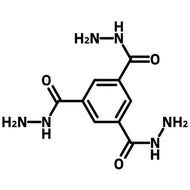
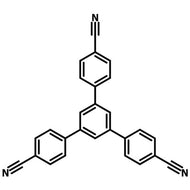
![4',4''',4'''''-(1,3,5-triazine-2,4,6-triyl)tris([1,1'-biphenyl]-4-amine)](http://www.ossila.com/cdn/shop/files/tabpt-2130745-76-3-chemical-structure-title.jpg?v=1708616414&width=190)
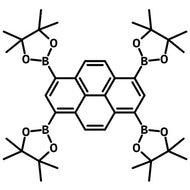
![1,3,5-Tris[4-amino(1,1-biphenyl-4-yl)]benzene](http://www.ossila.com/cdn/shop/files/tabpb-1400987-00-9-chemical-structure-title.jpg?v=1708610226&width=190)
![4',4''',4'''''-(1,3,5-Triazine-2,4,6-triyl)tris([1,1'-biphenyl]-4-carbaldehyde)](http://www.ossila.com/cdn/shop/files/tfbptz-1221509-80-3-chemical-structure-title.jpg?v=1708093553&width=190)
![5''-(4'-Formyl-[1,1'-biphenyl]-4-yl)-[1,1':4',1'':3'',1''':4''',1''''-quinquephenyl]-4,4''''-dicarbaldehyde](http://www.ossila.com/cdn/shop/files/tfbpb-805246-78-0-chemical-structure-title.jpg?v=1708014325&width=190)
![4',4''',4''''',4'''''''-(Ethene-1,1,2,2-tetrayl)tetrakis([1,1'-biphenyl]-4-carbaldehyde)](http://www.ossila.com/cdn/shop/files/tapbe-1624970-54-2-chemical-structure-title.jpg?v=1707929446&width=190)
![[1,1':3',1''-Terphenyl]-3,3'',5,5''-tetracarbaldehyde](http://www.ossila.com/cdn/shop/files/tpta-201734-76-1-chemical-structure-title.jpg?v=1707927322&width=190)
![4',5'-Bis(4-aminophenyl)-[1,1':2',1''-terphenyl]-4,4''-diamine](http://www.ossila.com/cdn/shop/files/baptpda-2458125-05-6-chemical-structure-title.jpg?v=1707921329&width=190)
![Tris[4-(5-formyl-2-thienyl)phenyl]amine](http://www.ossila.com/cdn/shop/files/tta-tpa-883236-47-3-chemical-structure-title.jpg?v=1707918937&width=190)
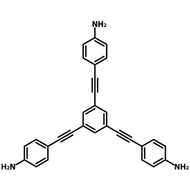
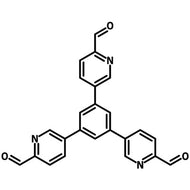
![2,9-Bis[p-(formyl)phenyl]-1,10-phenanthroline](http://www.ossila.com/cdn/shop/files/bfpp-120085-99-6-chemical-structure-title.jpg?v=1707839745&width=190)
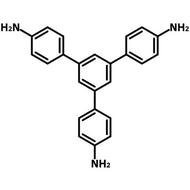
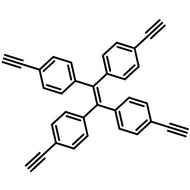
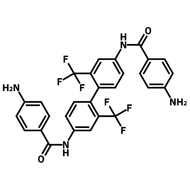
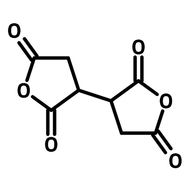
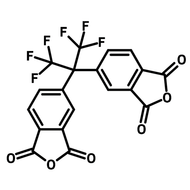
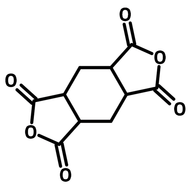
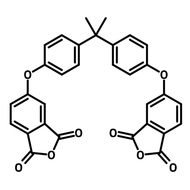
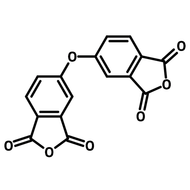
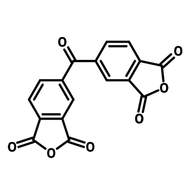
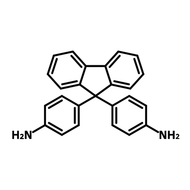
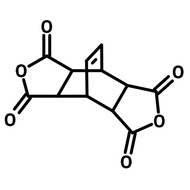
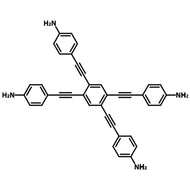
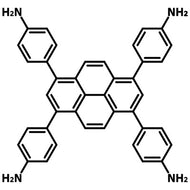
![[1,1':4',1''-Terphenyl]-4,4''-diacetonitrile](http://www.ossila.com/cdn/shop/files/tpdan-1000559-50-1-chemical-structure-title.jpg?v=1702310114&width=190)
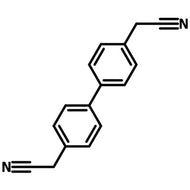
![2,4,6-Tris[4-(4,4,5,5-tetramethyl-1,3,2-dioxaborolan-2-yl)phenyl]-1,3,5-triazine](http://www.ossila.com/cdn/shop/files/tbptrz-1447947-87-6-chemical-structure-title.jpg?v=1702305933&width=190)
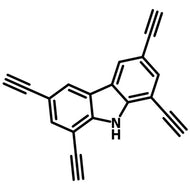
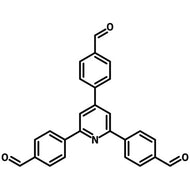
![2',5'-Dimethoxy-[1,1':4',1''-terphenyl]-4,4''-dicarbaldehyde](http://www.ossila.com/cdn/shop/files/tpda-ome-111759-27-4-chemical-structure-title.jpg?v=1702297940&width=190)
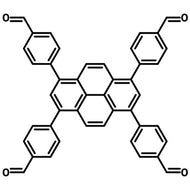
![1,3,5-Tris[(4-phenylboronic acid)]benzene](http://www.ossila.com/cdn/shop/files/tpbab-900795-73-5-chemical-structure-title.jpg?v=1702293555&width=190)
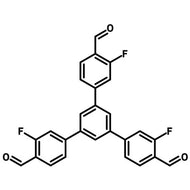
![5'-(4-Formylphenyl)-2',4',6'-trimethyl-[1,1':3',1''-terphenyl]-4,4''-dicarbaldehyde](http://www.ossila.com/cdn/shop/files/tmtfpb-2195343-70-3-chemical-structure-title.jpg?v=1702046856&width=190)
![4,4'-(Benzo[c][1,2,5]thiadiazole-4,7-diyl)dianiline](http://www.ossila.com/cdn/shop/files/btda-1203707-77-0-chemical-structure-title.jpg?v=1702045373&width=190)
![4,4'-(Benzo[c][1,2,5]thiadiazole-4,7-diyl)dibenzaldehyde](http://www.ossila.com/cdn/shop/files/btdba-914651-17-5-chemical-structure-title.jpg?v=1702044113&width=190)
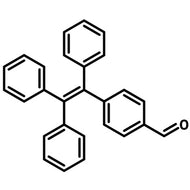
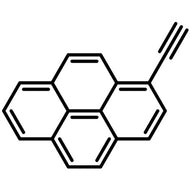
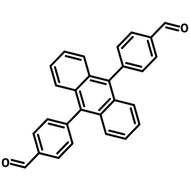
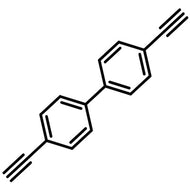
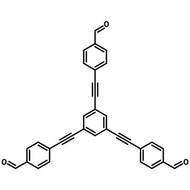
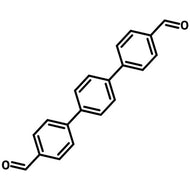
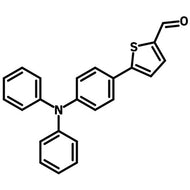
![4',4''',4'''''-Nitrilotris([1,1'-biphenyl]-4-carbaldehyde)](http://www.ossila.com/cdn/shop/files/ntbca-872689-79-7-chemical-structure-title.jpg?v=1701944784&width=190)
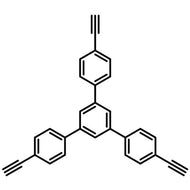
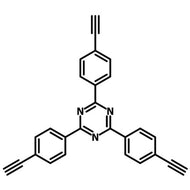
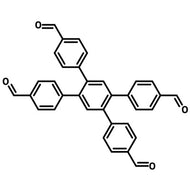
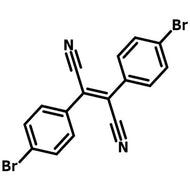
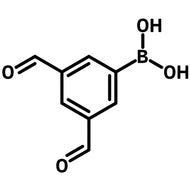
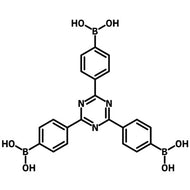
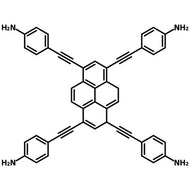
![[1,1'-Biphenyl]-3,3',5,5'-tetracarbaldehyde](http://www.ossila.com/cdn/shop/files/bta-150443-85-9-chemical-structure-title.jpg?v=1700739580&width=190)
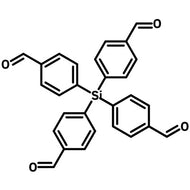
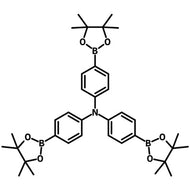
![5'-(4,4,5,5-Tetramethyl-1,3,2-dioxaborolan-2-yl)-[1,1':3',1''-terphenyl]-4,4''-diamine](http://www.ossila.com/cdn/shop/files/5-4-4-5-5-tetramethyl-1-3-2-dioxaborolan-2-yl-1-1-3-1-terphenyl-4-4-diamine-chemical-structure-title.png?v=1700149769&width=190)
![5'-(4,4,5,5-Tetramethyl-1,3,2-dioxaborolan-2-yl)-[1,1':3',1''-terphenyl]-4,4''-dicarbaldehyde](http://www.ossila.com/cdn/shop/files/5-4-4-5-5-tetramethyl-1-3-2-dioxaborolan-2-yl-1-1-3-1-terphenyl-4-4-dicarbaldehyde-chemical-structure-title.png?v=1700133486&width=190)
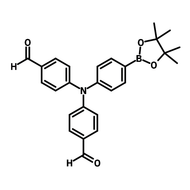
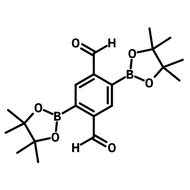
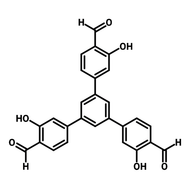
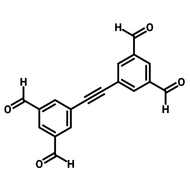
![3,3'-Dihydroxy-[1,1'-biphenyl]-4,4'-dicarbaldehyde](http://www.ossila.com/cdn/shop/files/3-3-dihydroxy-1-1-biphenyl-4-4-dicarbaldehyde-chemical-structure-title.png?v=1699879460&width=190)
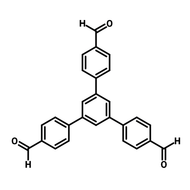
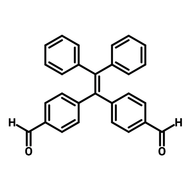
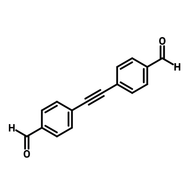
![2,2'-(5'-(4-(Cyanomethyl)phenyl)-[1,1':3',1''-terphenyl]-4,4''-diyl)diacetonitrile](http://www.ossila.com/cdn/shop/files/2-2-5-4-cyanomethylphenyl-1-1-3-1-terphenyl-4-4-diyldiacetonitrile-chemical-structure-title.png?v=1700225015&width=190)
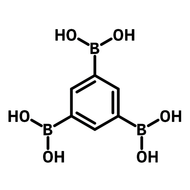
![[3,3-Bipyridine]-6,6-dicarboxaldehyde](http://www.ossila.com/cdn/shop/files/3-3-bipyridine-6-6-dicarboxaldehyde-chemical-structure-title.png?v=1698223775&width=190)
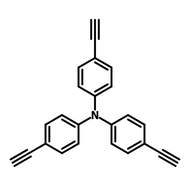
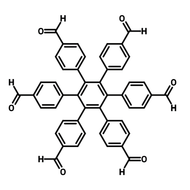
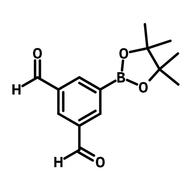
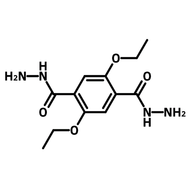
![[1,1'-Biphenyl]-3,4',5-tricarbaldehyde](http://www.ossila.com/cdn/shop/files/1-1-biphenyl-3-4-5-tricarbaldehyde-chemical-structure-title.png?v=1697627856&width=190)
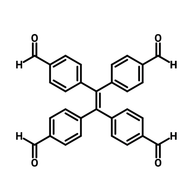
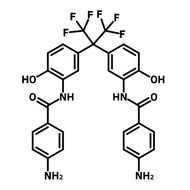
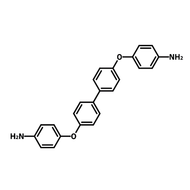
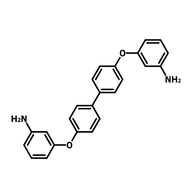
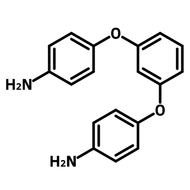
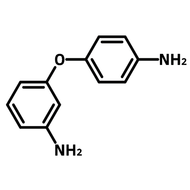
![2,2-Bis[4-(4-aminophenoxy)phenyl]propane (BAPP)](http://www.ossila.com/cdn/shop/products/bapp-chemical-structure-title.png?v=1679403349&width=190)
![2,2-Bis[4-(4-aminophenoxy)phenyl]hexafluoropropane (4-BDAF)](http://www.ossila.com/cdn/shop/products/4-bdaf-chemical-structure-title.png?v=1681225583&width=190)
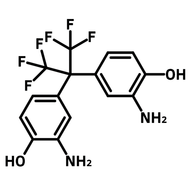
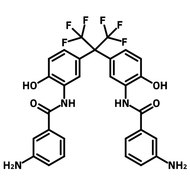
![2,2'-Dimethyl[1,1'-biphenyl]-4,4'-diamine](http://www.ossila.com/cdn/shop/products/2-2-dimethyl1-1-biphenyl-4-4-diamine-chemical-structure-title.png?v=1680597662&width=190)
